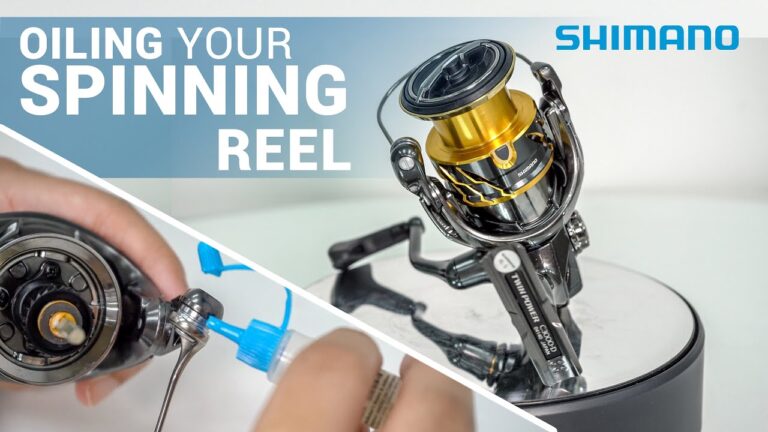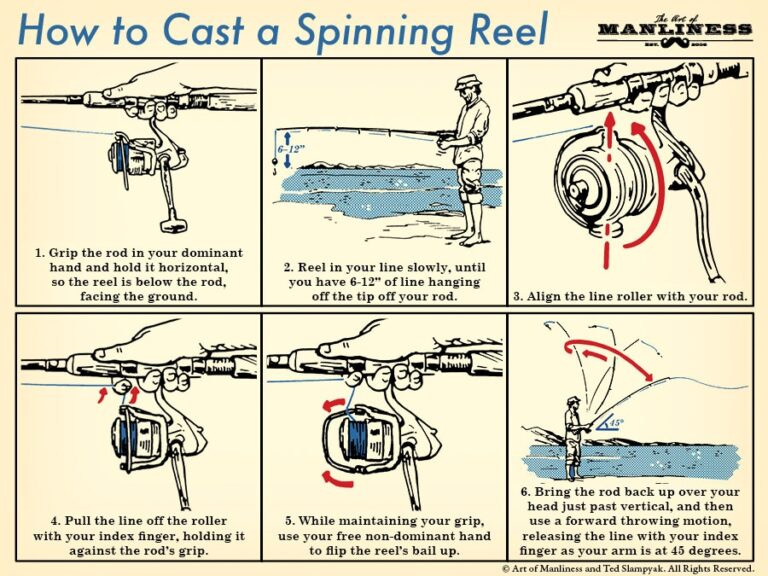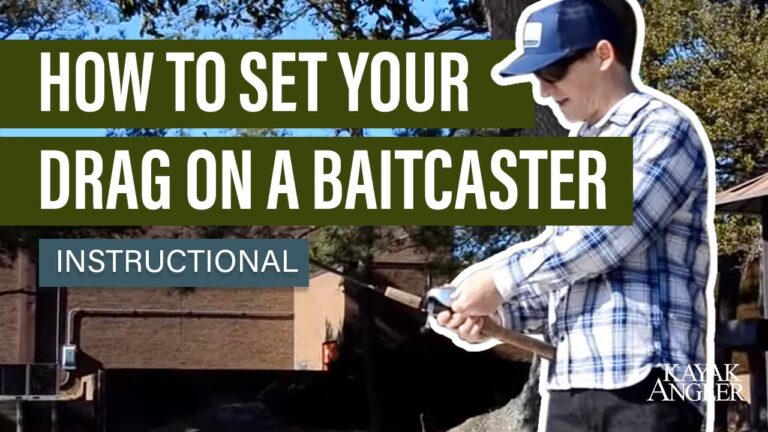How Much Line to Put on Spinning Reel
Fill your spinning reel with a line to 1/8 inch from the rim for optimal balance and performance. Most spinning reels accommodate between 150 to 300 yards of line depending on the line’s thickness and reel size.
Choosing the right amount of line for your spinning reel is crucial in optimizing casting distance and ensuring a smooth retrieval. Anglers must consider both the capacity of their reel and the weight of the line they plan to use.
A balanced reel improves your casting accuracy and reduces the likelihood of line tangles. Ensuring you put the correct amount of line on your reel is an essential step in preparing for a successful day on the water. Remember, the line should be neither too full to cause spillage nor too scanty to diminish casting capability. Selecting the proper line and filling your reel adequately can lead to a more enjoyable and fruitful fishing experience.
Credit: www.reddit.com
Choosing The Right Line For Your Spinning Reel
Choosing the right line for your spinning reel matters. You must match the line strength to your reel’s capacity. Think about line diameter too. It must fit well with your reel. A thicker line can reduce your reel’s capacity. This means fewer yards of line on your reel. Keep the line’s strength right for the fish you want to catch.
Reel compatibility is crucial. Each reel has a maximum line capacity. It’s shown as a number like 6lb/200yd.
The first number tells you the line strength. The second number shows how much line your reel can hold. These details are key. They help you avoid putting too much or too little line on your reel. Always check these before you spool new line.
Credit: www.reddit.com
Calculating Line Capacity
Reading the line capacity indicators on a spinning reel is simple. Your reel has numbers like “6/200” or “8/150”. These numbers tell you the line’s strength and how much fits on the reel. The first number is the line’s weight in pounds. The second number is the length in yards that can be loaded. Check these numbers on your reel’s body.
Using online calculators and mobile apps can make this easier. Just type in your reel model. The calculator will show the right line amount. Some apps can suggest the best line type for your fishing needs. Remember to use these tools to get the most from your reel.
Types Of Fishing Line
Pros of Monofilament Lines include their affordability and ease of use. These lines are less visible underwater, which can be a significant advantage when targeting skittish fish. Their stretchiness aids in absorbing shocks from hard-hitting fish, making it easier to land a catch successfully.
The cons, though, involve a higher memory, meaning they can retain loops and twists after being spooled. Mono lines also have lower abrasion resistance and can degrade in sunlight due to UV exposure.
Monofilament lines shine for topwater applications and in situations where a finer presentation is necessary.
Choose braided lines for their no-stretch quality, which ensures superior sensitivity to the slightest nibbles. They also boast a longer lifespan and can handle heavy cover and structure without breaking. This makes them ideal for deep-water fishing and when targeting larger, more aggressive species.
Spooling Your Reel
Spooling your reel correctly is key to a good fishing experience. Start by opening the bail of your spinning reel. This ensures your line goes on evenly. Attaching the line is the next step, done with an arbor knot for security.
Next, keep tension on the line while reeling. This avoids loose lines on the spool. Use a cloth to prevent burns from friction. Watch the spool closely to fill it evenly. Stop 1/8 inch from the rim of the spool to prevent spill off.
To prevent twists and kinks, place the new spool on the floor. The line should come off the way it goes on the reel. Check the line’s twist by dangling the reel. If it twists, flip the spool over. This should ensure a smooth line lay without kinks.
Fishing Line Maintenance
Maintain your fishing line regularly to ensure the best performance. Check your line for frays, knots, and general wear before and after each use. These signs can weaken the line and lead to breakages.
Replace old or damaged line immediately to prevent losing your catch. It’s best practice to do a thorough line replacement at least once a year, depending on frequency of use.
To prolong the life of your line, take care to store your reels properly. Avoid places with high temperatures or direct sunlight. Instead, opt for cool, dry areas. Avoid tangling by hanging reels or keeping them flat during storage. This prevents line memory and maintains strength.
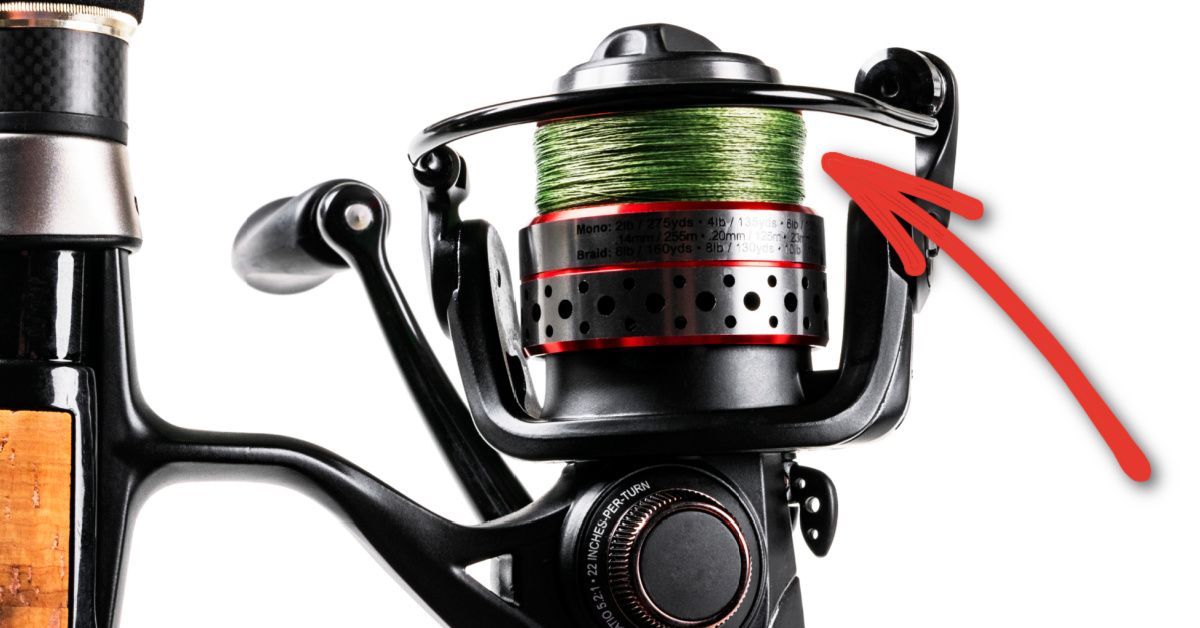
Credit: www.saltstrong.com
Frequently Asked Questions For How Much Line To Put On Spinning Reel
Is 100 Yards Of Fishing Line Enough?
For most casual fishing situations, 100 yards of fishing line is typically sufficient. It allows for various fishing techniques and is manageable for beginners.
Can You Put Too Much Line On A Spinning Reel?
Yes, adding too much line to a spinning reel can cause tangles and spool overflow. Stick to the manufacturer’s recommended line capacity for optimal performance.
How Full Should You Spool A Spinning Reel?
Fill your spinning reel until it’s about an eighth of an inch from the rim. This optimizes capacity and prevents line tangling or slippage.
How Do You Know How Much Line You Need On A Reel?
To determine the needed line amount for a reel, check the spool capacity indicated on the reel body, typically measured in yards/pounds. Match your line’s weight to the reel’s specs for proper fit.
Conclusion
Wrapping up, understanding the correct amount of line for your spinning reel is essential. Keep capacity, line strength, and fishing conditions in mind. A well-spooled reel enhances performance and enjoyment. So grab your gear, spool smartly, and prepare for a great day on the water.
Happy angling!

